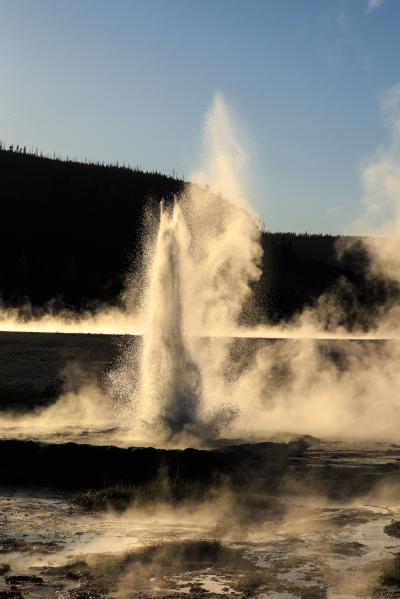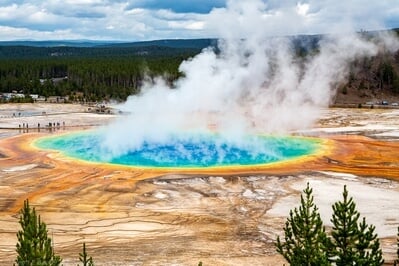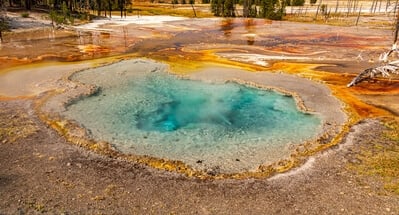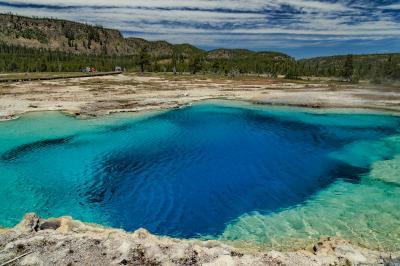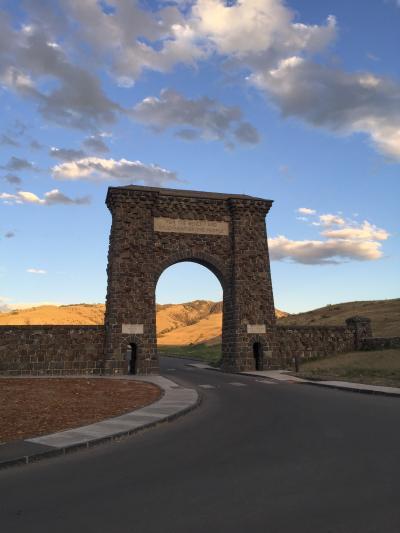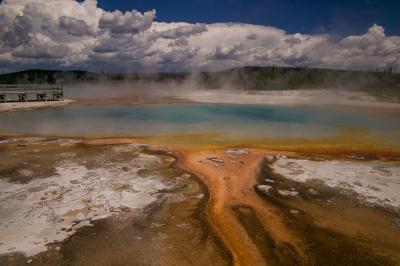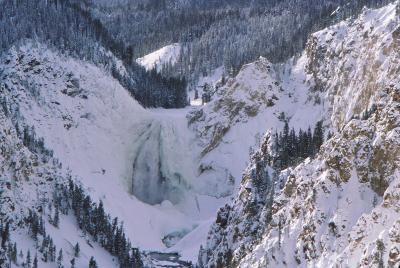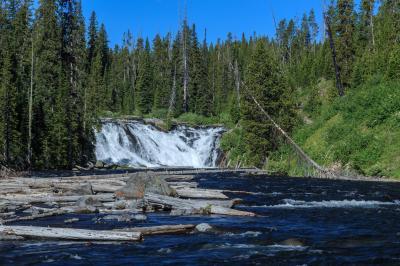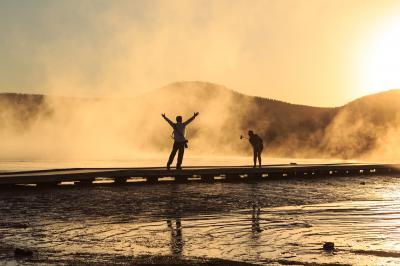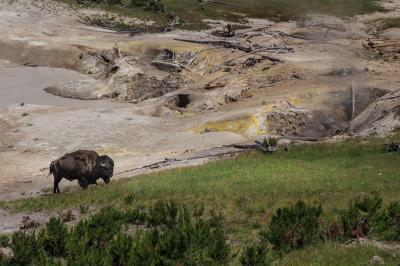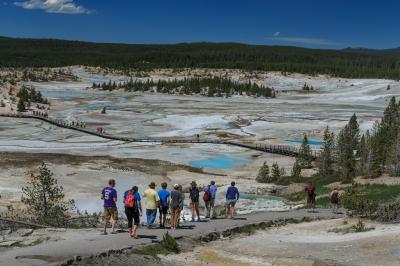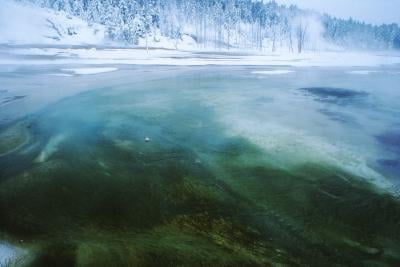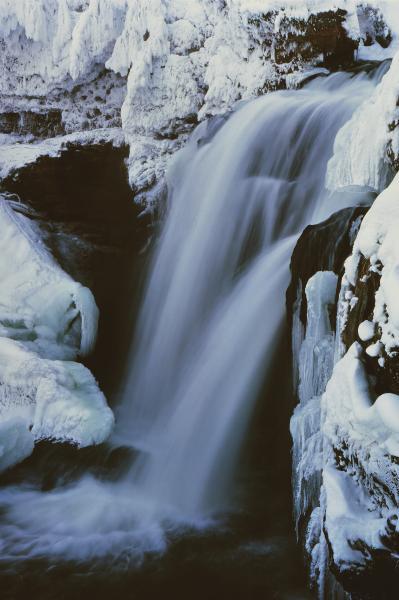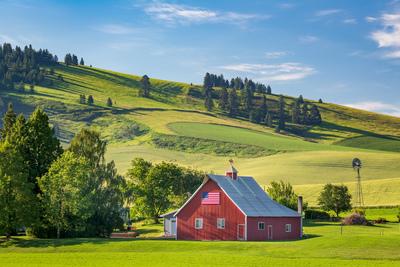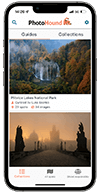The photography guide to
 Yellowstone National Park
Yellowstone National Park
Yellowstone National Park photography guide
Our contributors have added 139 photo spots to this Yellowstone National Park photo guide. Have you discovered an amazing new location in Yellowstone National Park?
Introduction
There has long been a myth that the explorers of the 1870 Washburn-Langford-Doane Expedition sat in a meadow at the confluence of the Madison and Gibbon Rivers and, around a campfire, came up with the notion of creating the first national park. In fact there is a mountain there covered as a spot in the guide named National Park Mountain to commemorate this story. Although the campfire story is now thought to be a myth, it indeed tells the tail of how the brave men that explored the region in the early expeditions realized this land was special and needed protection.
Their efforts led to the creation of Yellowstone National Park as the world’s first national park, established in 1872. Although the Yosemite Act of 1864 reserved Yosemite Valley from settlement, and gave the land from the federal government to the state of California, was the first act to preserve a piece of wilderness from settlement, the Yellowstone National Park Protection Act, stated “the headwaters of the Yellowstone River … is hereby reserved and withdrawn from settlement, occupancy, or sale … and dedicated and set apart as a public park or pleasuring-ground for the benefit and enjoyment of the people.” Thus the first national park was created.
On the 1871 Hayden Expedition there was a photographer and two artists along. It was the photographs from William Henry Jackson and the art of Henry W. Elliot and Thomas Moran that inspired the public and politicians of the time to take action. You too can join this tradition and create your own Yellowstone masterpiece images!
Yellowstone is huge! It is 3,472 square miles or 8,987 square km; 2,221,766 acres or 898,317 hectares; 63 air miles (102 km) north to south; and 54 air miles (87 km)
east to west. Yellowstone is home to approximately half the world’s thermal features. There are more than 10,00 thermal features, of which more than 500 are geysers. The most prominent thermal features include geyser, hot springs, fumaroles, mud pots, and travertine terraces. Yellowstone Lake is the largest, high altitude lake (above 7,000 ft./ 2133 m) in North America. The lake is approximately 20 miles (32.2 km) long by 14 miles (22.5 km) wide. It has 141 miles (227 km) of shoreline. There are over 290 waterfalls in the park with Lower Yellowstone falls being the tallest at 308 feet (93.8 m).
There are approximately 60 species of mammals in the park including grizzly bear, black bear, wolf, coyote, bison, elk, deer, pronghorn, mountain goat, moose, bighorn sheep and mountain lion. The largest public herd of bison in North America lives there. More than 300 species of birds have been recorded in the park, and many of them nest there.
Yellowstone has something for every outdoor photographer from geysers, waterfalls, wildlife, beautiful scenery, to wildflowers. Take your time to explore the park; don’t rush from landmark to landmark. Explore, experience and enjoy all the wonders that Yellowstone has to offer.
Most popular Yellowstone National Park photo spots
Top Picks
If you could see only one part of Yellowstone, I would recommend the Upper Geyser Basin, home to Old Faithful and 150 geysers and hundreds of hot springs in the one square mile basin.
Other thermal features that I highly recommend are Midway Geyser Basin with Grand Prismatic Spring, the largest pool in the park, West Thumb Geyser Basin for its location on the shore of Yellowstone Lake, Norris Geyser Basin for its sheer size, and Mammoth Hot Springs for the amazing travertine formations.
No visit to the park would be complete without a stop to see some waterfalls. Most notable would be Lower Yellowstone Falls witnessed from Artist Point. The fanciful Tower Fall, nestled among the rock spires, is also worth a stop.
Experience the abundant wildlife the park has to offer with a drive through both Hayden and Lamar Valleys. See herds of elk and bison, be on the lookout for wolves and experience the animals of the park.
Travel
Less than 10% of the park is accessible by the 370 miles of paved roads, but fortunately the best features are accessible. Yellowstone’s road system resembles a figure 8 with spurs leading off to the main entrances. The entrances are from the South via Grand Teton National Park and Jackson, Wyoming; from the west at West Yellowstone, Montana; from the north via Gardiner, Montana; from the northeast via Cook City, Montana; and the east via Cody, Wyoming.
Although Yellowstone National Park is open year round, most of the roads are only accessible by car from late spring to late autumn. The exception to this would be the road from the North Entrance at Gardiner to the Northeast Entrance at Cooke City, this stretch of the road is open year round weather permitting. In winter you can access the park via snow coach or snow mobile.
Traveling around the figure 8 is the Grand Loop Road with access to most of the park’s prominent features. There are many turnouts and parking areas located off the Grand Loop at the park’s top attractions. Most of the well-known features can be reached via short walks from these parking areas. Most are easy walks, many ADA accessible, without much elevation gain. The exception would be for some of the trails in the Grand Canyon of the Yellowstone. There are more than 900 miles of trails within the park. Due to the presence of grizzly bears, it is recommend that you hike with bear spray and a partner when in the backcountry of the park.
Xanterra Parks and Resorts operate Park hotel and some campground lodging and lodging fills up well in advance. Reservations are necessary. There are some first come first serve campgrounds operated by the park service that always fill by late morning during peak season. Yellowstone uses the U.S. standard 3-prong plug at 110 V electrical connections. Additional lodging can be found outside the park at West Yellowstone, MT; Gardiner, MT; and Cooke City, MT.
Links
National Park Service Yellowstone
Yellowstone Park Foundation
Gardiner Chamber of Commerce
Cooke City Chamber of Commerce
West Yellowstone Chamber of Commerce
Yellowstone Association
Xanterra Parks and Resorts
Explore more photo spots in United States
If you want to explore beyond Yellowstone National Park, we have 1837 photo spots and 15 events that you can visit in United States.
Curated By
Lewis Kemper Curator
We hope you enjoy this guide to photographing Yellowstone National Park - don't forget to share your images on PhotoHound and tag us on social media using hashtag #photohound
